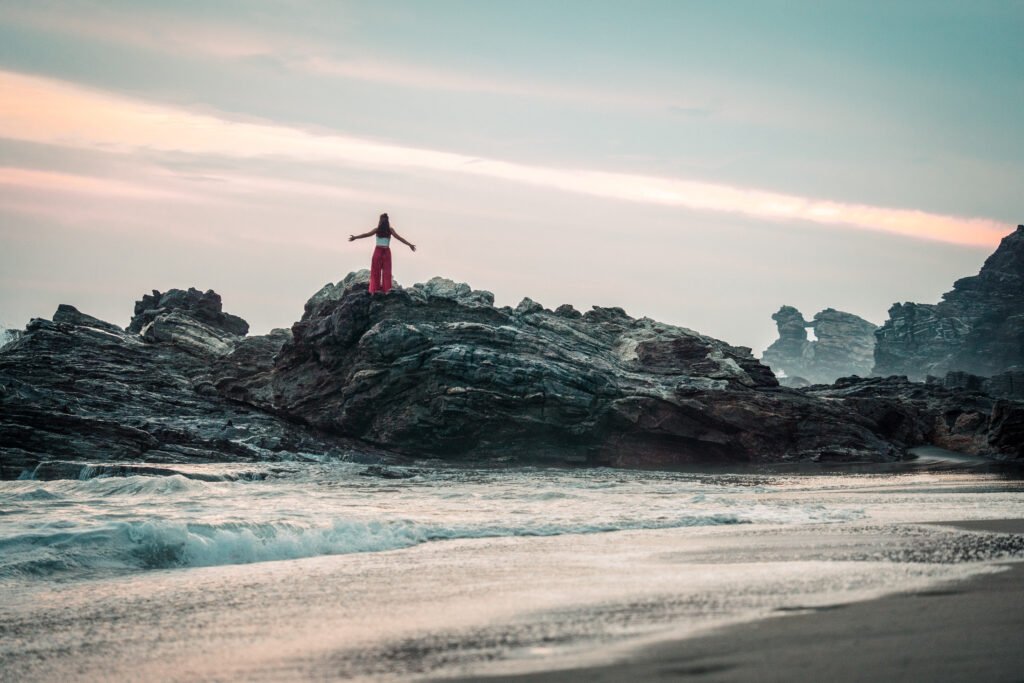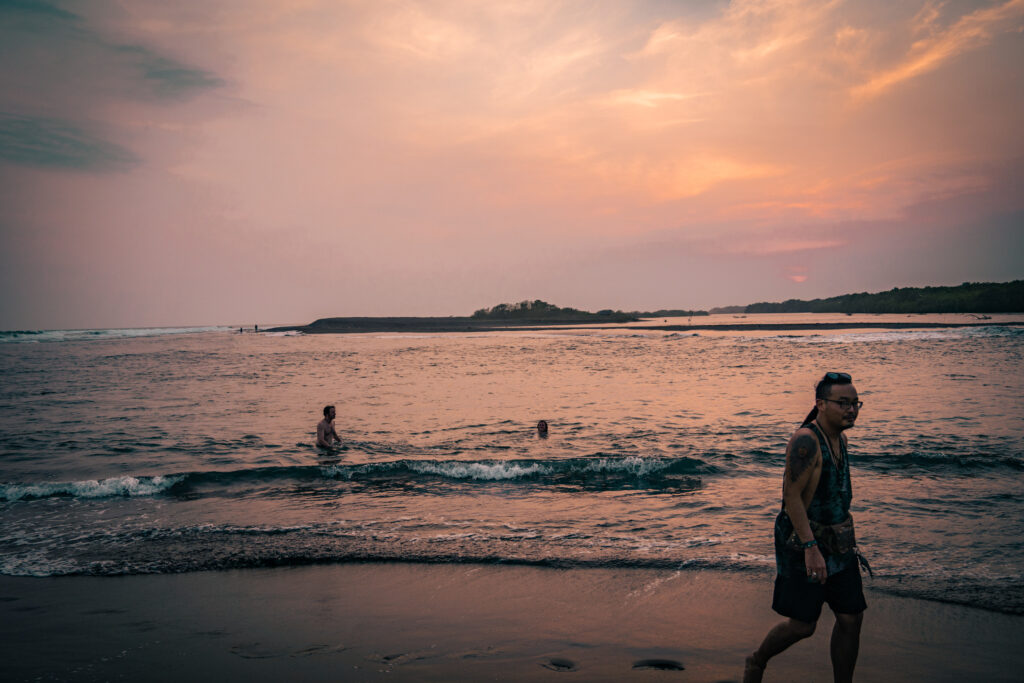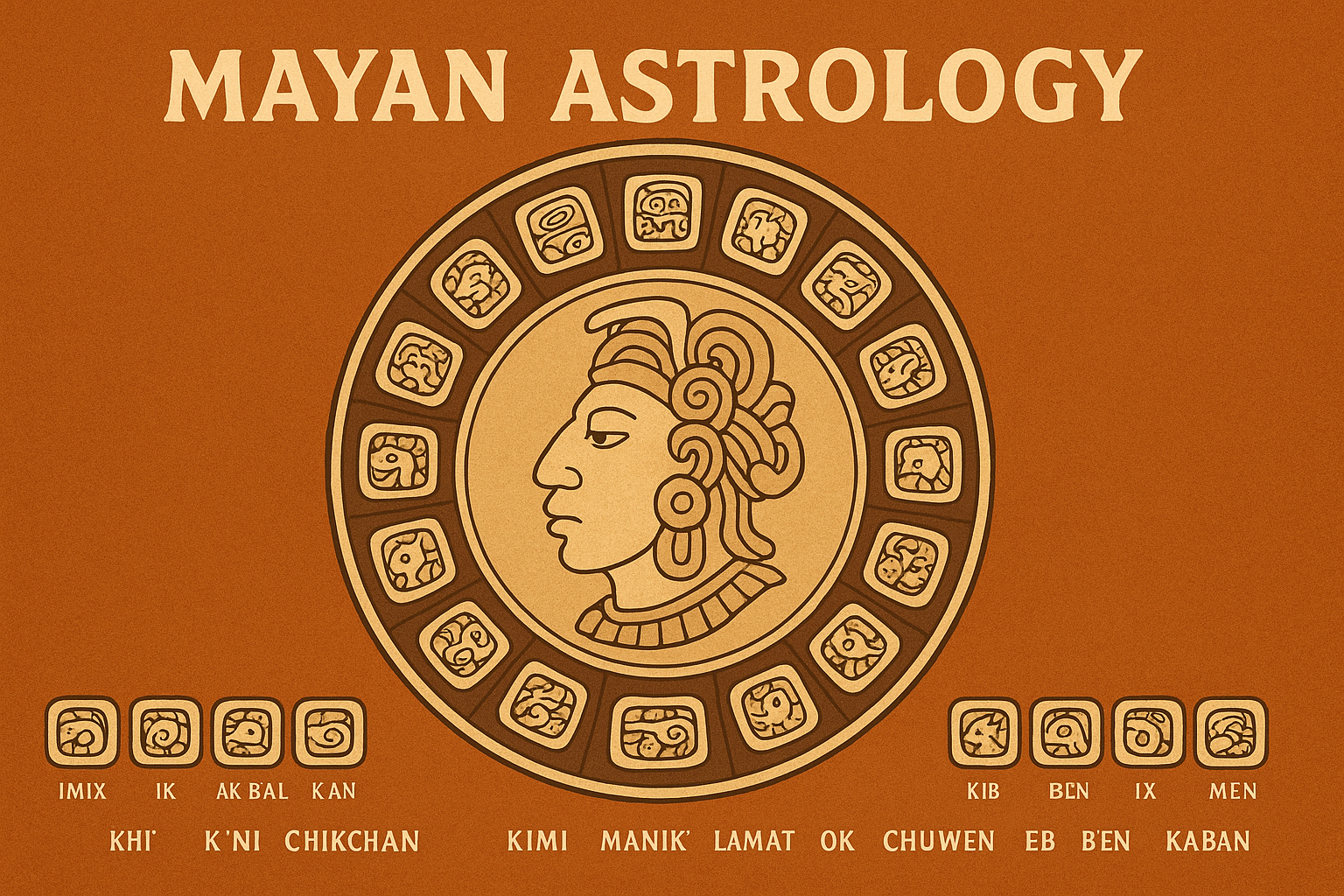Discover the 10 Best Coastal Retreats: Guatemala vs. Cuba Beaches
An Overview of Guatemala’s Pristine Beaches
Guatemala’s coastline serves as a breathtaking showcase of the country’s natural splendor. Its pristine beaches offer visitors a unique blend of untouched scenic beauty and a deep cultural heritage. These are not your typical crowded tourist destinations; instead, they are tranquil spots where one can bask in the warmth of the sun on volcanic black sands that glisten uniquely against the Pacific. The beaches extend an open invitation to those seeking peace and a chance to commune with the rich tapestry of nature’s offerings.

Exploring the Hidden Gems Along the Guatemalan Coast
The Guatemalan coast is sprinkled with numerous secluded beaches, each offering a bespoke slice of paradise. Whether you’re after the quietude of a lesser-known beach like Playa Tilapa or the dynamic surf scene at El Paredon, Guatemala’s hidden gems satisfy the yearning for discovery and adventure. Monterrico nature reserve further embodies the spirit of Guatemalan beaches by meshing the pristine environment with a focus on wildlife conservation, notably the preservation of sea turtle habitats. These beachscapes do more than please the eyeâthey forge lasting bonds with the natural world.
Why Guatemala’s Pacific Coast Is a Must-Visit for Beach Lovers
One cannot discuss the allure of Guatemala’s beaches without mentioning the Pacific Coast. Though perhaps less renowned than other global destinations, the draw here is the untouched nature of its coastline, where one can wander for miles without encountering another person. The local culture, too, is palpable, with fishermen setting out at dawn against a backdrop of fiery sunrises. For those who revel in the authentic and untouched, Guatemala’s Pacific Coast offers a true respite from the well-trodden paths of the typical beach-goer.
The Alluring Beaches of Cuba: A Tropical Paradise
Cuba is synonymous with a rich historical tapestry and infectious cultural vibrancy, both of which are reflected in its sublime beaches. The island’s shores are postcard embodiments of the Caribbean, where fine white sands sprawl endlessly into the warm, clear seas. The Cuban coast is not only a visual treasure, but it’s also an integral part of its cultural heartbeat, where the lively rhythms of salsa and rumba provide the perfect soundtrack to an idyllic beach getaway.
Unveiling the Vibrant Culture and Beaches of Havana
The shores that skirt Havana are a testament to the city’s vibrant cultural landscape, offering beach-goers the unexpected pleasure of golden sands within proximity to the city’s heartbeat. Playas del Este, in particular, is famed for striking a perfect balance between the urban setting and beach life, inviting visitors to immerse themselves in the rhythm of Havana’s culture while basking in the sun. It’s a unique juxtaposition that encapsulates the allure of Cuban beachesâa blend of relaxation and cultural depth just a stone’s throw from the city’s colorful streets.
The Unspoiled Sands of Varadero: Cuba’s Beach Haven
Varadero stands as Cuba’s crowning coastal jewel, a 20-kilometer long peninsula that presents an uninterrupted expanse of silken sand and crystal-clear waters. This is the quintessential Caribbean beach paradise, where luxury resorts offer tourists a taste of opulence side-by-side with nature’s tranquility. Often touted as one of the world’s most beautiful beaches, Varadero seems to have sprung from postcards, fulfilling every expectation for a tropical haven.
Comparing the Beach Experience: Culture, Activities, and Accessibility
Contrasts and connections emerge vividly when comparing Guatemala’s and Cuba’s beach experiences, from the cultural immersion on their shores to the wide array of activities available to visitors. Both nations offer deep cultural engagement, though Guatemala showcases the melding of indigenous and contemporary life, while Cuba’s beaches are imbued with a historical richness expressed in music and dance. Adventures range from Guatemala’s surfing havens to Cuba’s snorkeling paradises, catering to various tastes and preferences in seaside recreation.
Cultural Celebrations by the Sea: Guatemala vs. Cuba
Guatemalans celebrate their coastal culture through local festivals and traditional activities that highlight their connection to the Pacific Ocean. Fisherman’s fiestas and sea turtle conservations foster a community spirit intrinsically linked to the sea. In contrast, Cuba’s festivals are a colorful declaration of their identity, where each beach town, from the historic Cienfuegos to the spirited Santiago de Cuba, brims with music, dancing, and parades, offering a jubilant atmosphere against a stunning coastal backdrop.
Water Sports and Leisure: What Each Destination Offers
Thrill-seekers and leisure lovers will find their niche in either Guatemala or Cuba. The rippling waves along Guatemala’s volcanic beaches provide perfect conditions for surfing, while Cuba’s gentler seas welcome kayakers and paddle boarders. For those seeking relaxation, the remote beaches of Guatemala invite unhurried exploration, whereas the serene shores of Cuba are ideal for unwinding under the tropical sun.
Accommodation Showdown: Staying in Style by the Sea
The choice between Guatemala’s understated yet charming accommodations and the grandeur of Cuba’s beachside resorts is akin to selecting between two paradises. In Guatemala, the emphasis on ecological sustainability and cultural authenticity makes for lodgings that offer a genuine experience, often in harmony with the local environment. On the Cuban shores, especially in places like Varadero, luxury resorts offer an entirely different, indulgent experience with their all-inclusive amenities and prime locations that allow guests to revel in the uninterrupted spectacle of sea and sand.

Cuisine by the Coast: A Tale of Two Culinary Styles
In both Guatemala and Cuba, the coastal cuisine tells the story of their respective landscapes and histories through a variety of flavors. Guatemala’s coastal dishes often incorporate traditional Mayan culinary practices with local seafood, creating a menu that’s truly reflective of its diverse ecosystem. Cuban food, by contrast, is the result of a fusion of influences, displaying a rich culinary tapestry complete with the zest of Caribbean spices and the iconic cocktails that Cuba is famous for. Each country’s coastline thus offers a distinct, yet equally memorable, gastronomic journey.
Weather Patterns and Best Times to Visit
The best period for visiting Guatemala and Cuba is heavily influenced by their respective climates, each promising enjoyable conditions for beach activities during their dry seasons. Guatemala is most welcoming from November to April, the time of year when the skies are clearest. Similarly, Cuba’s climate, typical for the Caribbean, favors beach visits during its dry spell, making it an attractive destination for those seeking to avoid the cold and enjoy the sun’s embrace on the island’s luscious beaches.
Sustainable Tourism: Preserving Natural Beauty
Both nations are grappling with the challenges of maintaining their natural beauty while accommodating visitors. Sustainable tourism is a growing focus, with initiatives aimed at protecting the biodiversity and traditional cultures in Guatemala and Cuba. Programs promoting eco-friendly practices and conservation efforts help ensure that the beaches remain pristine and the local cultures vibrant for future generations to enjoy.
FAQ: Questions and Answers of Guatemala vs. Cuba beaches
Is it safe to go to Guatemala right now?
Travel safety can vary over time and depend on several factors. As of the last knowledge update in early 2023, travelers were advised to exercise caution when traveling to Guatemala due to crime, civil unrest, and the potential for random violence. It’s always recommended to check the current travel advisories from your government (e.g., the U.S. Department of State, the Canadian government, or the UK’s Foreign Office) before planning a trip. It’s also wise to stay informed about the areas you plan to visit, avoid traveling at night, and remain vigilant regarding personal safety and possessions.
Why is Guatemala special?
Guatemala is special for a myriad of reasons. It’s a country rich in cultural and natural diversity, offering an extraordinary mix of indigenous cultures, colonial history, and natural beauty. Guatemala is home to majestic volcanoes, lush rainforests, and stunning lakes, alongside the ancient ruins of the Maya civilization, most notably Tikal. It has a vibrant market scene, as seen in Chichicastenango, and beautiful colonial architecture, best exemplified by Antigua Guatemala, a UNESCO World Heritage site. Furthermore, the diverse indigenous cultures, languages, and traditional crafts contribute to Guatemala’s unique identity.
Are Mexico and Guatemala similar?
Mexico and Guatemala share some historical, cultural, and geographical similarities, given their locations in Central America and their rich pre-Columbian histories. Both have ancient Maya historical sites and a significant portion of their populations are of indigenous descent, preserving traditional languages and customs. However, they are also distinct nations with their own identities, cultural expressions, cuisine, and social dynamics. Mexico is larger and more populous, has a more diversified economy, and is a major tourist destination, while Guatemala is noted for its dense indigenous cultural heritage and natural landscapes.
How far is Guatemala City from the beach?
Guatemala City, the capital, is not directly on the coast, but it is relatively close to both the Pacific and Caribbean coastlines. The Pacific coast is closer, with the popular beach destination of Monterrico about 150 kilometers away, roughly a 2- to 3-hour drive depending on traffic and road conditions. On the Caribbean side, Puerto Barrios is approximately 300 kilometers from Guatemala City, a journey that can take around 5 hours by car.
What is the best time of year to visit Guatemala?
The best time of year to visit Guatemala is generally during the dry season, from late November to April. During this period, the weather is more predictable with less rainfall, making it easier to travel and enjoy outdoor activities such as visiting Maya ruins and exploring the natural landscapes. The dry season also coincides with several cultural events and festivals, providing a great opportunity to experience Guatemala’s vibrant traditions.
What are the top tourist attractions in Guatemala?
Guatemala’s top tourist attractions include the ancient Maya ruins of Tikal, the enchanting colonial city of Antigua Guatemala, the beautiful Lake Atitlan surrounded by volcanoes and indigenous villages, the bustling market of Chichicastenango, the natural pools and limestone bridges of Semuc Champey, and the active volcano of Pacaya. Each destination offers a unique insight into Guatemala’s natural beauty and cultural wealth.
What are the main challenges facing travelers in Guatemala?
Travelers in Guatemala may face challenges such as petty crime, including pickpocketing and bag snatching, especially in tourist areas and on public transportation. Road travel can be hazardous due to poor conditions and a lack of signage in rural areas. There are also health risks, such as traveler’s diarrhea and mosquito-borne illnesses, for which precautions should be taken. Lastly, language barriers can be a challenge in indigenous areas where Spanish is not the first language.
How can I respect the local customs and traditions while visiting Guatemala?
To respect local customs and traditions in Guatemala, it is important to learn about and observe local social norms. This includes dressing modestly in conservative areas, asking for permission before taking photographs of people, particularly indigenous individuals, and participating in local traditions or religious ceremonies only when invited or allowed. It is also respectful to support the local economy by purchasing authentic handicrafts and respecting environmental practices, such as proper waste disposal and preserving natural sites.
Summary of Guatemala vs. Cuba beaches
In our journey exploring two of the world’s most captivating coastal destinations, we have unearthed the beauty that both Guatemala and Cuba offer to those seeking a beach retreat. Guatemala’s pristine beaches, with their hidden gems and Pacific allure, beckon travelers who relish tranquility and natural wonders, while Cuba’s tropical paradise charms with its vibrant culture and untouched sands in places like Havana and Varadero.
Through our comparative lens, we have seen how each country’s unique festivities, array of water sports, and accessibility shape distinct beach experiences. The accommodations adjacent to these azure waters provide a variety of styles and comforts, catering to the diverse preferences of visitors.
Beyond the sunbathing and relaxation, the culinary adventures awaiting by the coast present a feast for the senses, showcasing two different but equally enticing food cultures. And with insights into the best times to visit based on weather patterns, travelers can plan their perfect seaside sojourn.
As we conclude, it’s not just the immediate joys of beach life that matter, but also the future of these treasures. We touched on how sustainable tourism efforts are in place to ensure these shores remain untouched for generations. Whether one is drawn to the soulful serenity of Guatemala or the rhythmic heartbeats of Cuba, each destination promises an unforgettable escapade, leaving beach enthusiasts with the only difficult task of choosing which paradise to explore first.

Looking for a place to stay? At Eagles Nest Atitlan we offer all inclusive rooms. Take advantage of the yoga classes, delicious traditional food, and breathtaking views that are at your disposal. Book here.




